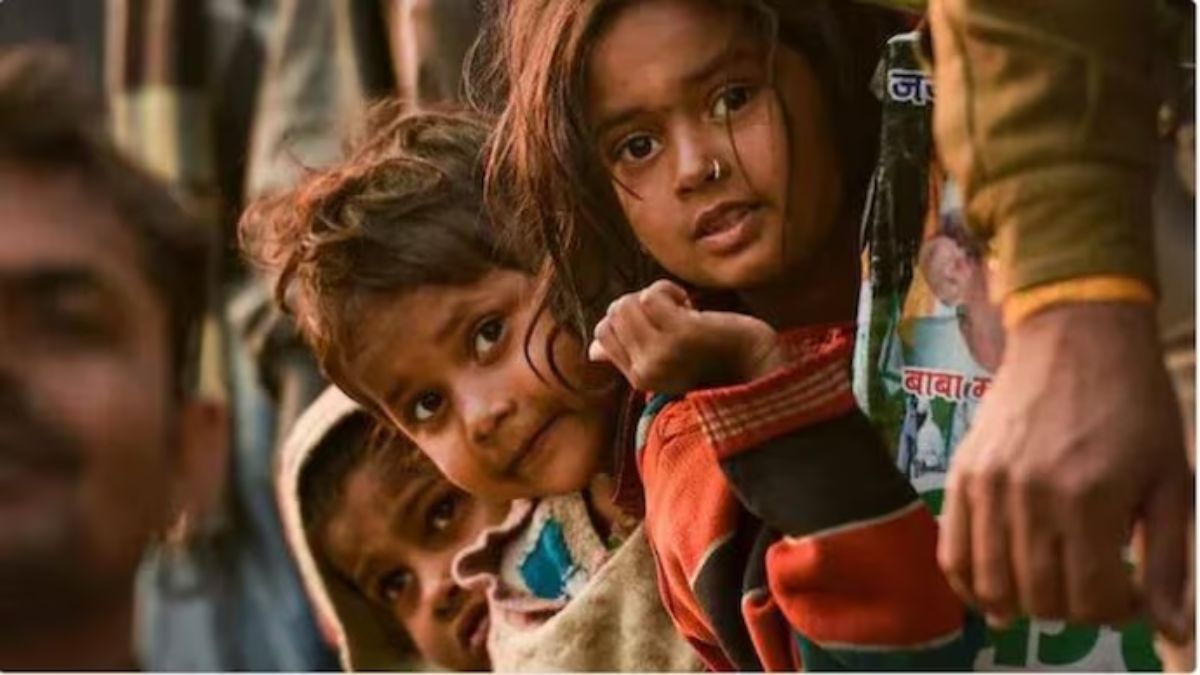Classrooms in Madhya Pradesh have fallen eerily silent, as thousands of government schools in the state have reported no admissions this year.
Despite efforts to attract students through free uniforms, mid-day meals, and promises of quality education, parents are increasingly turning away from state-run institutions.
Recent statistics from the state’s education department paint a concerning picture, revealing that more than 5,500 government schools have failed to enrol a single student in Class 1 for the 2024-25 academic year.
This raises a critical question: Why is making them turn away from government schools? Let’s take a closer look.
The shocking numbers
The report highlights a grim reality: while over 5,000 government schools have recorded no admissions, approximately 25,000 schools have enroled only one or two students in the first grade. Additionally, 11,345 schools have fewer than ten students each.
Certain districts are particularly affected, with Seoni, Satna, Narsinghpur, Betul, Khargone, Sagar, Vidisha, Raisen, Mandsaur, and Dewas reporting significant numbers of zero enrolments.
Narsinghpur, which is also the home district of the state’s school education minister, Rao Udai Pratap Singh, stands out with 299 schools lacking any students in Class I, ranking among the top five districts for zero enrolments.
Seoni in the Jabalpur region has the highest number, with 425 schools, followed by Satna in the Vindhya region with 303. Narsinghpur is next, alongside Khargone in western Madhya Pradesh, which has 287 schools, and Betul with 265 schools.
Expressing dismay over these government statistics, opposition Congress spokesperson Bhupendra Gupta stated to The New Indian Express, “These latest figures expose how the education system in the state has been ruined during the nearly two decades of BJP rule in the state. Still, this state government claims that the state is functioning smoothly.”
Why are parents avoiding government schools?
The reasons behind parents steering away from government schools are becoming increasingly clear.
According to NDTV, Mangal Tawde, a hotel employee residing in Berasia near Bhopal, initially intended to enrol his daughter in a government school. However, upon visiting the institution, he discovered rainwater leaking from the roof of the dilapidated building. Alarmed by the poor conditions, Mangal decided to enrol his daughter in a private school instead.
This sentiment is echoed by many parents across the state.
The government documents indicate that 7,189 schools in the state are in dire need of repairs, yet budget allocations for these renovations have stagnated. Despite the government spending between Rs. 1.5-2 lakh crore on school education over the past decade, experts have raised questions about the effectiveness of these investments.
Another pressing issue is the shortage of teachers. In total, 1,275 schools across 46 districts lack any permanent teachers, while 6,838 schools in 47 districts are staffed by only a single teacher each.
The Department of Public Instruction has stated that the Right to Education (RTE) Act of 2009 mandates a pupil-teacher ratio (PTR) of 30:1 at the primary level and 35:1 at the upper primary level.
To fill these gaps, the system relies on 1.7 lakh guest teachers.
However, these teachers are often burdened with non-educational tasks, severely disrupting the learning process, Upendra Kaushal, President of the State Teachers Association, informed NDTV. He further said that teachers are frequently reassigned to other departments, further limiting their availability in classrooms.
As a result, many parents now prioritise basic amenities—such as functional toilets, well-maintained buildings, and the consistent presence of teachers—over incentives like free uniforms and mid-day meals.
What are authorities saying?
Addressing the issue of low enrolment numbers, the state’s school education minister, Rao Udai Pratap Singh, highlighted that the absence of nursery classes in government schools plays a significant role.
He pointed out that this gap leads to more young children being admitted to private schools, where they often continue their education.
“We’ll soon go for a drive to ensure that all those kids who complete six years by September 30, 2024, are enroled in Class I of the government schools. The drive will have the participation of all concerned, including the gram rozgar sahayaks (GRS), the secretary of every village panchayat, and all teachers in every village,” Singh told The New Indian Express.
Educational Advisor BN Trishal, speaking to Free Press Journal, said the lack of accountability within the government is a critical factor behind this decline. He suggested that schools with fewer than ten enroled students should be closed, and those students transferred to other institutions.
“The funds currently spent on maintaining such schools could be better utilised for the overall improvement and development of the students,” added Trishal.
Sanjay Goyal, the secretary of the school education department, stressed the urgency of addressing the situation. He stated, “Our current focus is on ensuring all students are enroled, as no student should be left behind. Additionally, schools should remain accessible to all students within their reach.”
With input from agencies


)

)
)
)
)
)
)
)
)



